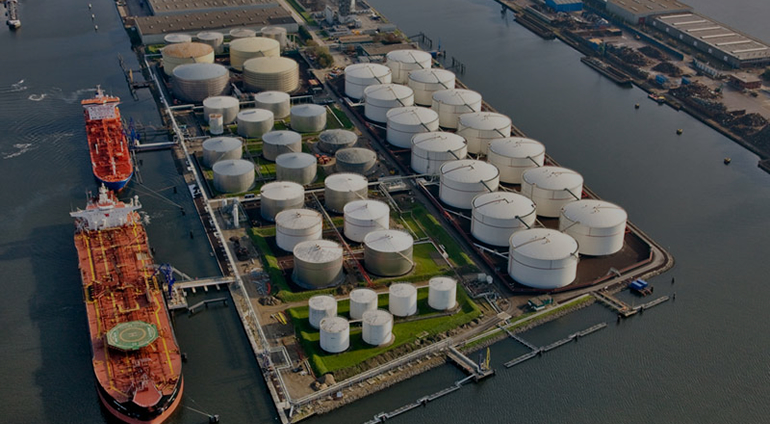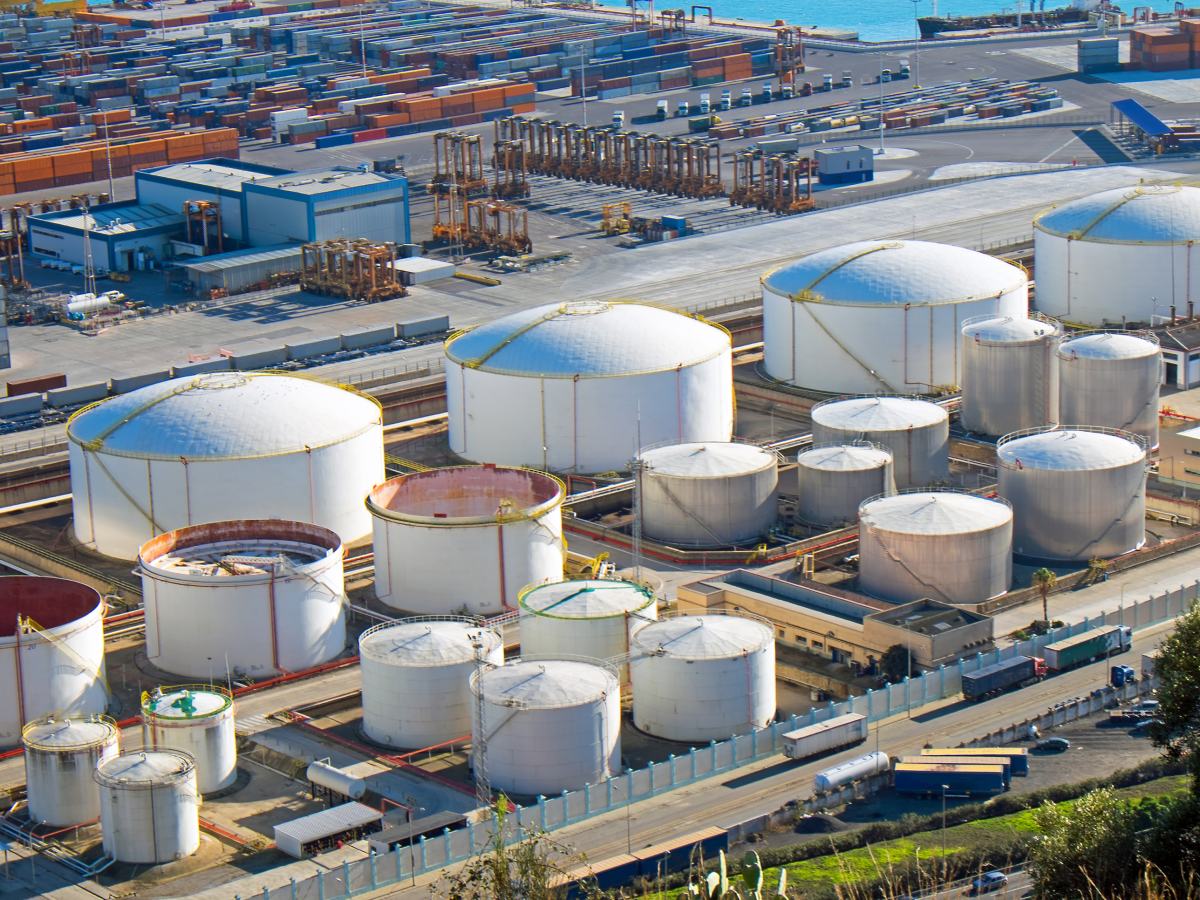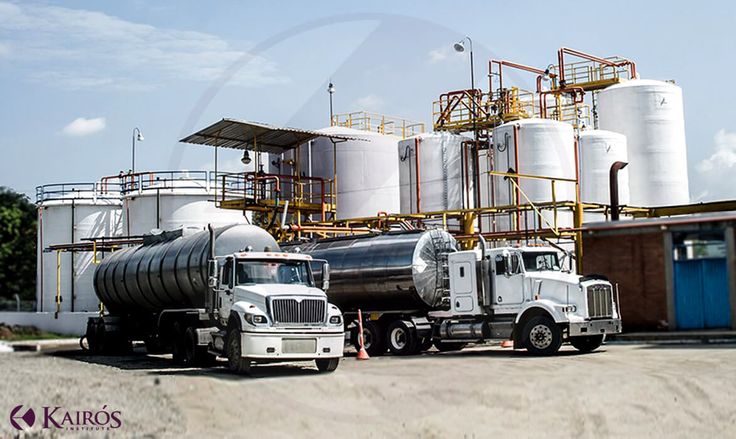EXPLORE OUR TERMINALS
Our company has established a robust network of partners to address the increasing global demand for petroleum and petrochemical products. This unique strategy enables us to provide a one-stop service to all our clients and partners. With offices and departments in 13 countries worldwide, we ensure a reliable and consistent supply of petroleum and petrochemical products through our logistics department, supporting our partners around the world.
By storing by-products, refined petroleum and petrochemical products, raw materials, equipment, and other essential utilities for the oil and gas industry, we play a crucial role in the supply chain and enhance the quality of the products stored at our tank farm. Our commitment extends to the responsible use of natural resources and environmental protection, ensuring that sustainable practices are embedded in every aspect of our operations.




